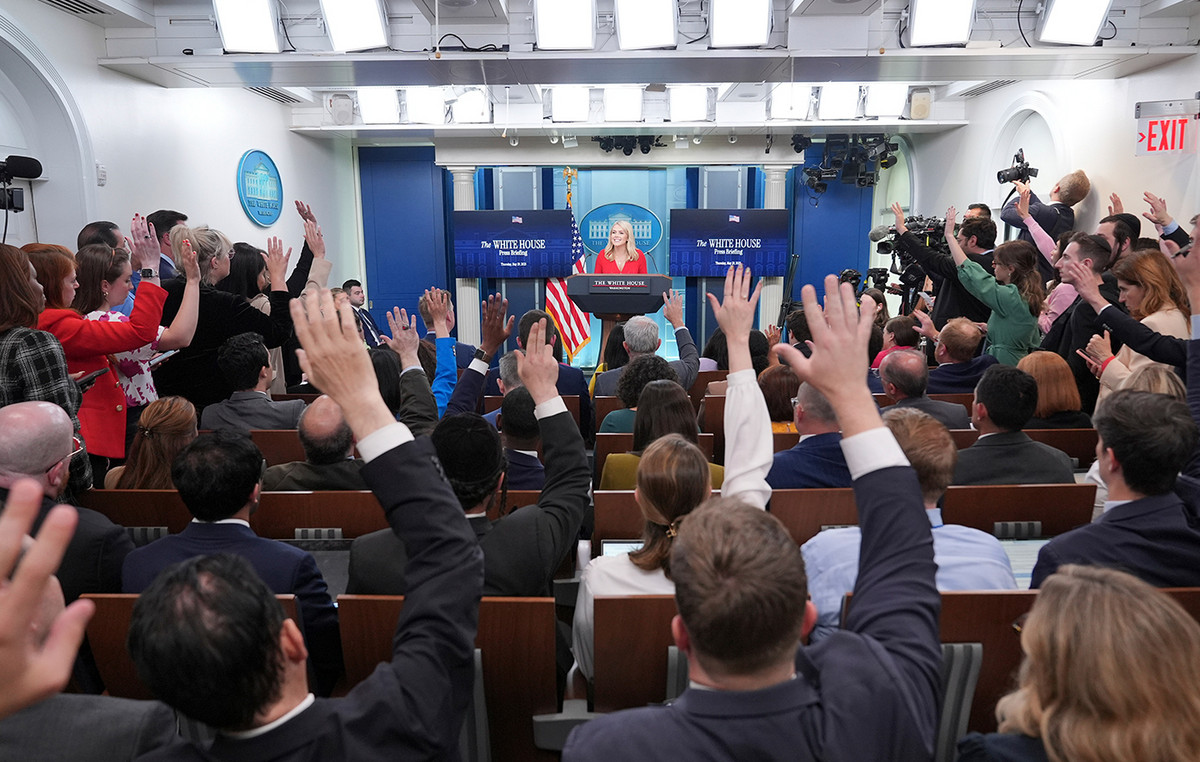As the international travel increase, several popular destinations remain closed
During the recent Easter break, social media feeds were filled with photos of happy travelers, many taking their first trips abroad since the start of the pandemic.
Ski holidays in Switzerland. Beach breaks in Thailand. That long-promised family trip to Disney World.
Indeed, many travelers are hitting the road and experts are already predicting a summer of travel chaos – in the US and Europe – as the industry struggles to cope with reduced capacity and a shrinking workforce.
A highly uneven recovery
A survey on the UNWTO Destination Tracker reveals that most places reliant on tourism dollars have abandoned quarantine restrictions and are welcoming travelers – although some still come with some caveats, such as mandatory testing for Covid-19 on arrival, pre-flight testing, mandatory quarantines if tests come back positive, and so on.
But while most of the world’s popular destinations have reopened, there are a few tourism favorites that remain closed to leisure travelers — regardless of the urge to test, vaccinate and quarantine.
And most of them are in the Asia-Pacific region.
“We are starting to see the first signs of a recovery with markets like Singapore, Malaysia, Thailand, Indonesia, Vietnam, Australia and Cambodia relaxing restrictions and starting a recovery,” says Liz Ortiguera, CEO of the Pacific Asia Travel Association (PATA), which is made up of 650 member organizations, including government tourism bodies, travel agencies and airports.
“However, there are still several important markets in the region that are practically closed from an international capacity point of view. The region as a whole is experiencing a highly uneven recovery.”
Japan eases entry restrictions – but tourists still stay out
Tourists looking to visit Tokyo’s fish markets will have to wait a little longer to get their sushi fix.
Japan continues to relax its strict entry measures – the limit on the number of new arrivals per day has been raised to 10,000 people from April 10, 2022 – but that does not include leisure tourists.
At this time, citizens, residents, researchers, students, family members of residents and business travelers can enter with prior authorization. Some face quarantine depending on where they are arriving.
So when will Japan reopen to tourists? The time issue came up during a press conference held by Prime Minister Fumio Kishida on April 8; however, no specific plans have been announced.
“We will have to continue to make appropriate decisions based on the infection situation and international movements in each country,” he said. “It hasn’t been determined yet.”
China struggles to contain outbreaks
Much has been said about how the world’s tourism economy will not truly recover until China’s citizens are able to travel abroad again.
In 2019, the number of outbound tourists from China reached 155 million, according to the China Tourism Academy, making it the world’s largest market for travel.
For now, Chinese citizens are strongly discouraged from traveling abroad and those who do face at least two weeks of quarantine upon returning, sometimes longer.
But what about foreign tourists willing to spend their quarantine time in exchange for a vacation?
Those who wish to fulfill their dream of walking along the Great Wall will have to wait to take these steps. Foreigners are not allowed to enter for leisure tourism at this time.
As for the reopening schedule, in October 2021, the head of the Chinese Center for Disease Control and Prevention said that China may open its borders after vaccinating more than 85% of its population “by early 2022”.
While this vaccination target has been met, the country remains committed to its zero Covid strategy as it struggles to contain outbreaks in several cities, making it highly unlikely that global tourists will be welcomed in the foreseeable future.
Macau is not ready to bet on reopening
Bad news for travelers looking to hit the tables at Asia’s most famous gaming destination and enjoy Macanese cuisine. There are no signs that Macau will open its borders to the world anytime soon.
Tourists remain prohibited from entering the special administrative region, with the exception of visitors from mainland China, Hong Kong and Taiwan. And even those who can enter have to be quarantined for two weeks, with the exception of those who arrive from certain Chinese cities.
According to a government press release released in mid-April, business travelers and students from outside mainland China, Taiwan and Hong Kong will also be able to enter in the near future. But few details were given.
Meanwhile, Hong Kong officials announced that from May 1, the city will allow non-residents to enter for the first time in more than two years. While it is technically possible to visit as a tourist, a 7-day quarantine is expected and flight cancellations are a regular occurrence.
No confirmed Taiwan reopening date
Taiwan, one of Asia’s favorite culinary destinations, has been easing its travel restrictions over the past two months.
Foreign business travelers can visit the island from March 7th. As of April 12, foreign relatives and Taiwan residents with a valid foreign resident certificate can also apply for the visit.
Other now welcome travelers include those on work/study visas, those going for investment or business purposes, or visitors entering for humanitarian reasons.
And all of them are subject to 10 days of quarantine in a hotel or at home.
Leisure tourists, however, still cannot visit.
As more destinations are reopening their borders, Chen Shih-chung, Taiwan’s Minister of Health and Welfare, said in February that the island needed to consider easing travel restrictions so it doesn’t fall behind in terms of economic development.
Without offering a concrete reopening date, Chen also said current restrictions would be lifted and non-commercial travelers allowed in if the spread of the virus remains under control.
Several Pacific islands remain closed
According to a report titled “Asia Ready Travel Index 2022” released by the Economist Intelligence Unit (EIU) last week, island nations including Vanuatu and Fiji are among the most reliant on tourism in the region.
Fiji, where tourism makes up 40% of the economy, reopened in late 2021. It tops the EIU’s Travel Readiness Index, which looks at the three factors that can affect international tourist sentiment: destination vaccination coverage; the ease of traveling to the destination; and quarantine requirements when they return to their place of residence.
Other Pacific island destinations that have reopened to tourists include Tahiti, Palau and the Cook Islands.
But several places in this region remain closed to tourists, including Samoa, Vanuatu, the Federated States of Micronesia, the Marshall Islands, Tonga and the Solomon Islands.
PATA CEO Ortiguera notes that circumstances are unique and each destination needs to assess its level of readiness and time to reconnect with the outside world while managing the challenging balance between lives and livelihoods.
“And to borrow an analogy used during a recent WHO briefing – each nation must navigate its unique path down the mountain from this pandemic impact,” she says.
“If I look at Singapore as an example, the nation has aggressively managed Covid transmissions and is now navigating a successful exit to reopen the market. I am confident that these measures have laid a solid foundation for a sustained recovery.”
Source: CNN Brasil





